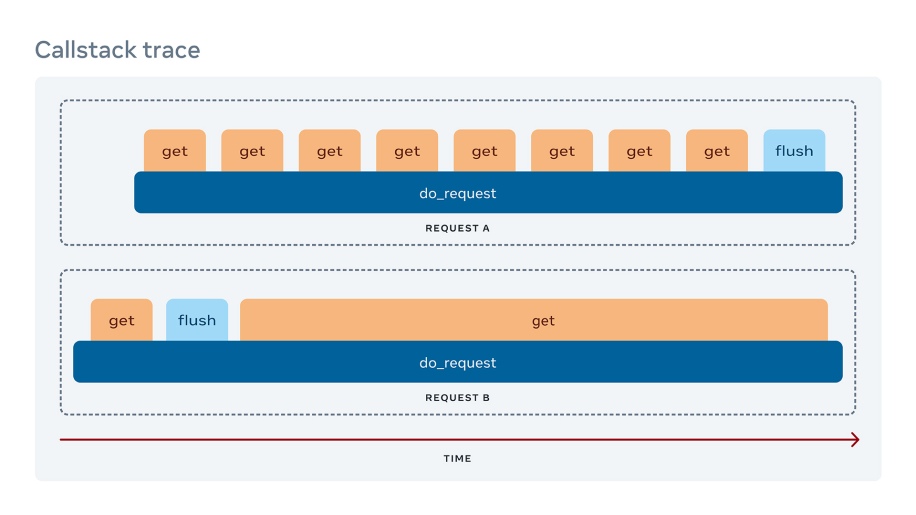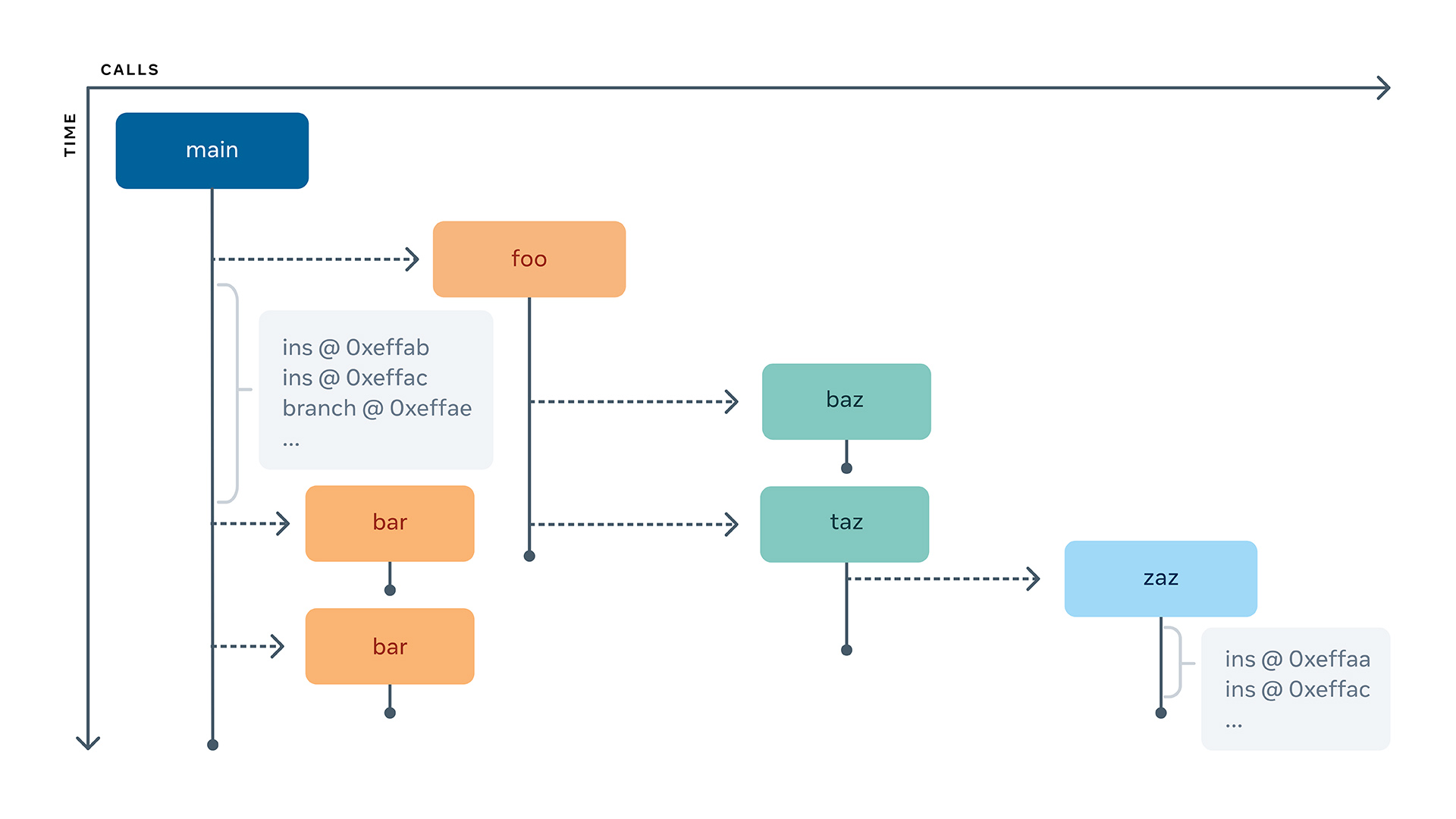Reverse Debugging - What You Should Know
Reverse debugging empowers developers to record program operations and then rewind and replay to check the program state for failures.
Join the DZone community and get the full member experience.
Join For Free
Reverse debugging is a debugging system that makes it possible to stop code execution and move backward (and forward) in the code’s history to discover the cause of failure in a program. Reverse debugging involves remote debugging, debugging on the same machine, or debugging on a simulator.
Not all debuggers are capable of reverse debugging it is a vital tool to have in your arsenal. It empowers developers to record program operations and then rewind and replay to check the program state for failures.
Why Is Reverse Debugging Necessary?
Simply put, its ability to travel in time to check the state of an application makes it more effective for handling complex codebases.
Instead of re-running a program every time you want to locate an error, you can use reverse debugging to solve mystery errors by walking backward or forward through the code on the same machine using a reverse debugger. If you want to perform reverse debugging on a code that is on a different machine, you can do so using remote debugging.
With reverse debugging, you can locate bugs in a matter of minutes, even those that generally take you a while to track down.
Benefits of Reverse Debugging
There are many benefits of using reverse debugging, ranging from development productivity to quicker bug fixing. We will be explaining some of them in this article.
Overall Development Productivity
Some bugs can be difficult to identify, so they tend to slow down the development process. Using reverse debugging in software development and debugging makes developers more productive, contributing to a general improvement in development productivity.
Reverse debugging enables software developers to fix bugs quickly. This reduces the time taken for development. Moreover, by executing code backward and reading it line by line, developers get familiar with the legacy codebase. This makes it easier for them to find pieces of code any time they want to work on them. This level of precision in finding bugs helps developers fix bugs quickly and improves overall development productivity.
Finding and Fixing Repetitive Bugs
Finding bugs that appear at random is very difficult, especially when they appear repeatedly. Some bugs are not caught by normal debugging and surface unexpectedly during deployment or after code is shipped.
Reverse debugging is more efficient for fixing bugs that appear and disappear at random as it works by tracing bugs through the code’s history to the point of failure. This is done by checking the code execution backward and line by line until the lines with the bug are discovered. Running the code execution backward makes it easier to fix intermittent bugs.
Reverse Debugging is Cost-effective
According to a University of Cambridge study, the cost of debugging is really high. It makes up about a quarter ($312 billion) of the entire cost that goes into software development globally ($1.25 trillion). This claim is supported by the fact that most software developers spend most of their development time on debugging.
Therefore, reducing the time spent on debugging software means a reduction in the cost of producing software. The research also found that reverse debugging leads to a 26% reduction in the debugging time.
Reverse Debugging Tools
GDB or GNU Project debugger is a popular reverse debugging tool. GDB is used to debug programs that are running on the same machine, connected to it from another machine (remote debugging), or on a simulator. It is designed to work on Microsoft, UNIX, and Mac OS. Below are some of its features that make it effective for reverse debugging:
- It initiates a program and flags things that may impact its behavior.
- It stops a program based on given conditions.
- It assesses what has occurred whenever a program stops.
- It alters parts of a program so that developers can experiment with bugs.
UDB is another reverse debugger that works just like GDB. It is meant to be a drop-in replacement for GDB and is made to integrate with the development environment and command line.
Reverse Debugging Use Cases
Reverse debugging is useful for fixing bugs in various cases:
- Dynamic code creation
- Memory leaks
- Frequently-called functions
- Long run times
- Race conditions
- Network protocols
- Data structure corruption
These cases can be very hard to debug using traditional methods. But the use of reverse debugging enables developers to debug quickly, efficiently, and precisely.
Conclusion
Software assistance has long become the stronghold of most organizations. Therefore, it has to be properly developed to achieve the company’s intended goals. Since the software cannot function properly when they have bugs, finding and fixing bugs is very important.
Consequently, debugging tools are a necessity for both software and business development. Without useful debugging tools, productivity cannot be optimized, and the reputation of the organization may be damaged. By increasing debugging effectiveness, you can provide your company with a cost-effective way of finding and fixing bugs. Through recording, rewinding, and replaying code, you can shorten deadlines and boost overall productivity.
Opinions expressed by DZone contributors are their own.



Comments